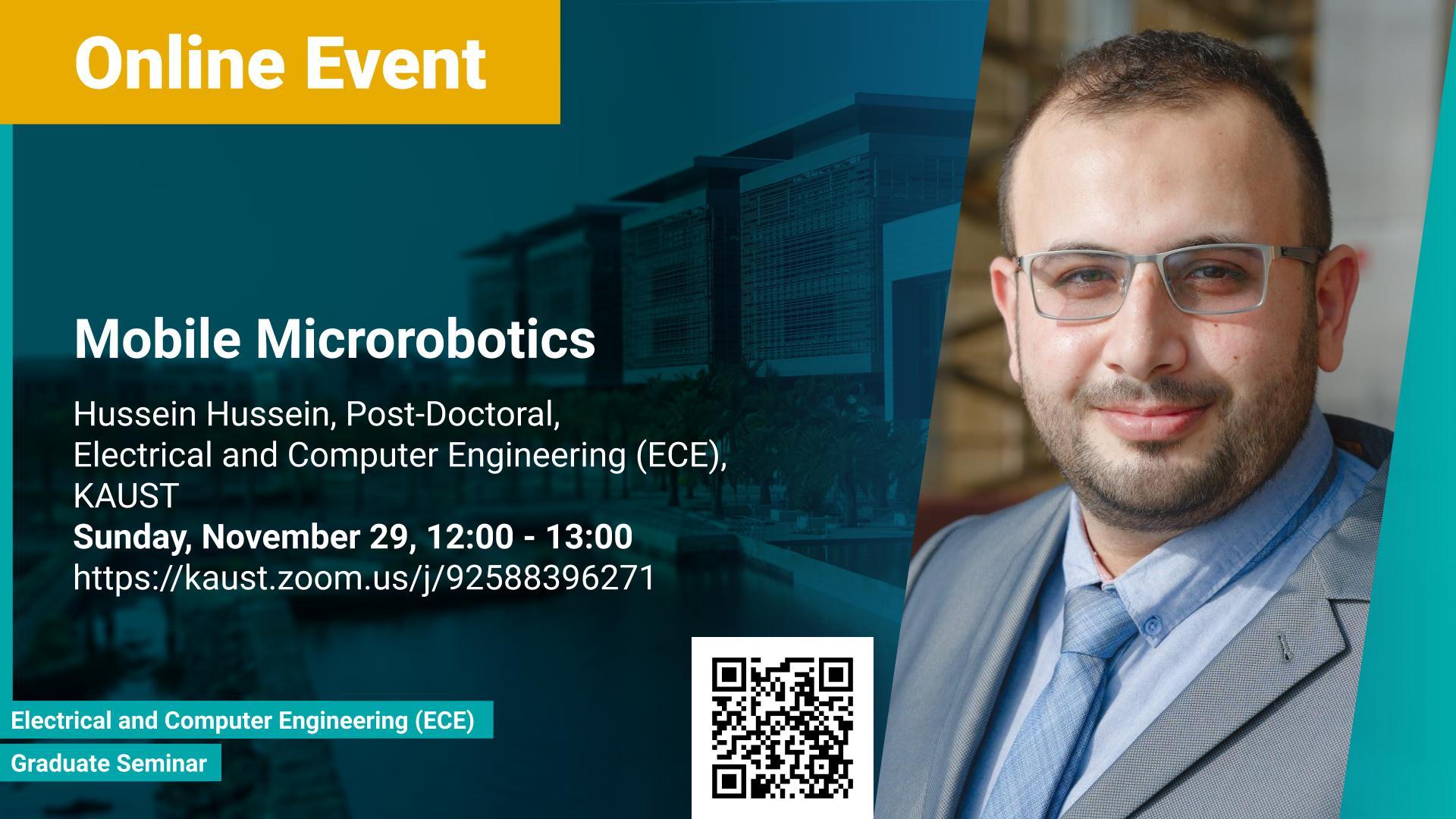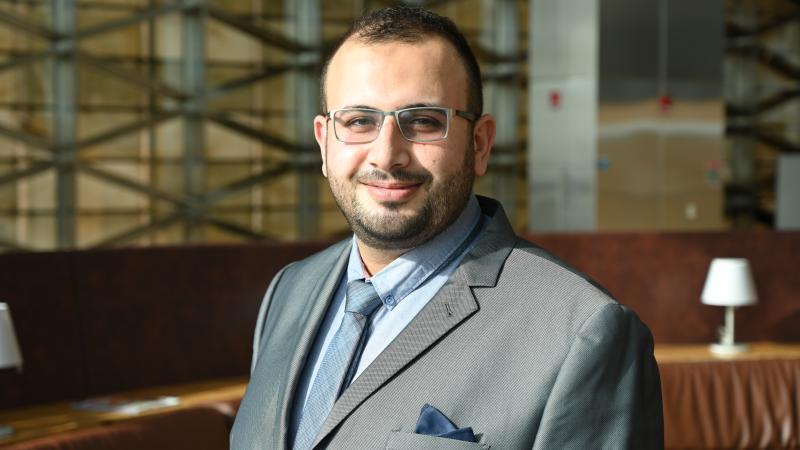Abstract
The implementation of robotic solutions to accomplish automated tasks in industrial sectors has tremendously increased the human performance capacity and enhanced the cost, quality and delivery time for different tasks and products. Having already proven their utility at the macroscale, robots also show their usefulness when we approach the infinitely small dimensions, for applications such as inspection, cell manipulation, assembly, biopsy and drug delivery. The way to the microworld is not that simple; reducing the size of robots from macro scale to micro scale cannot be accomplished by merely miniaturizing the different parts of an existing robot. The variation in the scale of physical effects with the size scale and the difficulties of fabrication and assembly at the micro scale make the macro-solutions for actuation and sensing unsuitable for microdevices. Other actuation mechanisms with deformable structures and integrated sensing solutions are more efficient at microscale and compatible with microfabrication limitations. This talk focuses on different aspects related to mobile microrobots, including limitations and challenges, actuation mechanisms, power delivery, and current works in our team for the development of mobile microrobots.
Brief Biography
Hussein Hussein received a Ph.D. degree in engineering sciences and microsystems from University of Franche-Comté, France in 2015. From 2017 to 2018, he served as a research scientist at LIRMM Laboratory, CNRS, University of Montpellier, France. Since January 2019, he is serving as a post-doctoral researcher at King Abdullah University of Science and Technology, KAUST. His current research is focusing on the development of robotic systems and the modeling, design and fabrication of microsystems.

